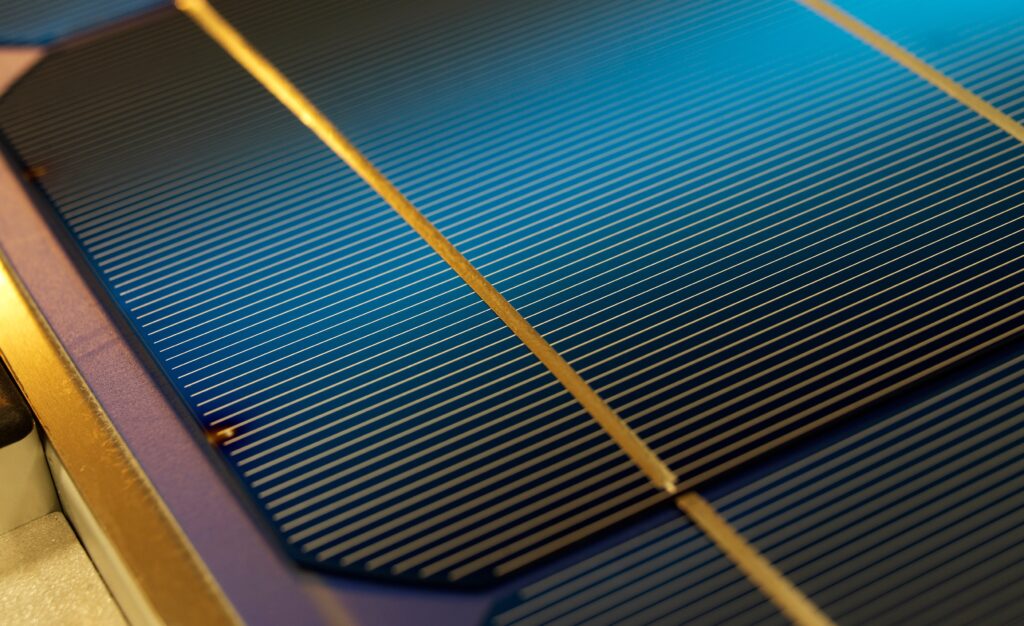Photovoltaic (PV) panels, commonly known as solar panels, are composed of several materials that work together to convert sunlight into electricity. The eight main materials used in the construction of photovoltaic panels are:
- Silicon (Semiconductor Material): Silicon is the primary semiconductor material used in solar cells. Silicon wafers form the basis of most solar cells. There are two main types of silicon used in solar cells: monocrystalline silicon and polycrystalline silicon.
- Metal Contacts (Electrical Conductors): Metal contacts, often made of silver or aluminum, are used to collect and carry the electric current generated by the solar cells. These contacts are strategically placed on the surface of the solar cells.
- Encapsulation Materials (Front and Back Sheets): Solar cells are encapsulated to protect them from environmental factors and provide electrical insulation. Front sheets are typically made of glass, and back sheets are often made of a polymer material such as ethylene-vinyl acetate (EVA) or Tedlar.
- Backsheet (Rear Encapsulation): The backsheet is a layer on the back of the solar panel that protects the solar cells from moisture and other environmental elements. It also provides electrical insulation. Materials such as Tedlar or other polymers are commonly used.
- Frame (Structural Support): Solar panels have frames that provide structural support and protection for the solar cells. These frames are usually made of aluminum, which is lightweight, corrosion-resistant, and strong enough to withstand various environmental conditions.
- Junction Box (Electrical Component): The junction box is a crucial component that houses electrical connections and wiring. It helps in connecting multiple solar cells within a panel and facilitates the connection of panels in a solar array. The box often contains diodes to prevent reverse current flow.
- Busbars (Electrical Conductors): Busbars are conductive strips or ribbons that collect the electric current generated by individual solar cells and transfer it to the metal contacts. They are usually made of copper or aluminum.
- Encapsulant (EVA – Ethylene-Vinyl Acetate): EVA is a transparent encapsulating material used to bond the front and back sheets to the solar cells, providing mechanical support and electrical insulation. It also helps protect the solar cells from moisture and physical damage.
These materials work together to form a solar panel that can efficiently convert sunlight into electricity. The specific type and quality of these materials can vary among different solar panel manufacturers and technologies.


